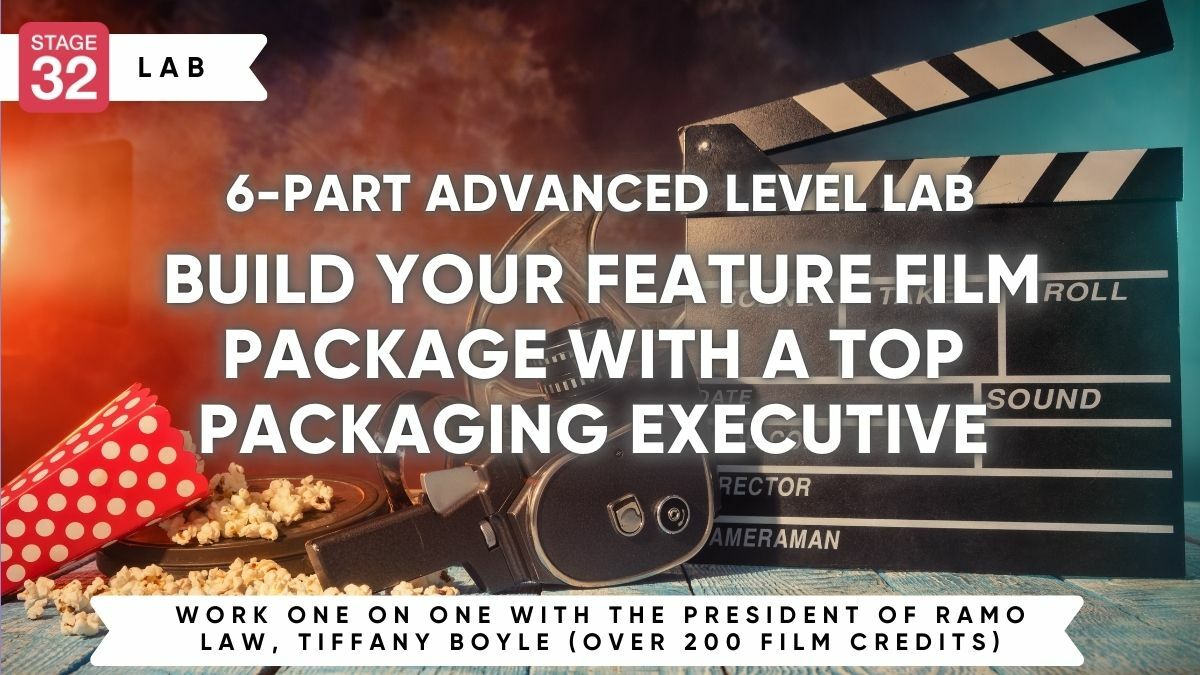We have an upcoming narrative film shoot at a library location and I’m trying to decide how to go about filming with bookshelves filled with books in the background. Is it fair use to show spines and covers in the background of shots or would this likely be an issue for distribution? In the case of Kevin Smith’s “Clerks”, did they really have to get clearance for each and every single item that is in the convenience store? Anyone have knowledge on this topic?



I'm curious also!
1 person likes this
Yes, they really did. 'Fair use' does not normally apply to non-educational/editorial projects and even then it is limited in scope. The best option is simply to make sure your depth of field is shallow enough that titles & graphics are blurred, or use angles that frame them out of picture.
2 people like this
Studios generally clear most everything in every project to avoid any risk of a copyright or trademark infringement claim. But they don’t necessarily license everything that appears onscreen. Whether something can be shown without asking permission depends on the facts. Book titles, for example, are not usually protectable by copyright. But they could be protected as trademarks just like brand names on items in a convenience store. Even so, brands and logos can often be shown at least as long as the products where they appear are used as intended without any abnormal consequences from being used. The takeaway should be to start working with experienced production legal counsel to check and clear your script as needed before production.
Dane Johnson that sounds like a logistical and legal nightmare to address every item.
Two attorneys have told me: don't worry about. Example: showing a Kleenex box in a shot is not a problem, unless you plan on manufacturing tissues using the Kleenex name. Showing the titles and authors of books in a library isn't a problem - it's not like you're using those stories as literary material. You're not, right? :)
Besides, it's doubtful the spines will even be clear enough to read. Even ECU, the focus is on the actor, not the background (it'll be out of focus).
3 people like this
Okay everyone, let's get real here. The question AND the answer is practical. The intellectual points are interesting but irrelevant in the real world since you can avoid the issue entirely. You really, really don't want to have to defend a claim against you, whether you think you are in the right or not. Because, one of the first phrases from your attorney will contain something like "...deliver a $10,000 retainer to me later today and I can get started." And that's the very beginning of a long and disappointing process. You have several options in this case, and since it hasn't been shot yet, my advise is to PREPARE ONE OF THEM. They are:
1. Don't bother getting releases or framing anything out. Just see what happens. You might never hear anything negative. Or the discussion with your attorney which I alluded to above could happen. If you like the suspense and adrenaline, go for it. OR:
2. Get your art department to change titles and book covers with fake ones, replace artwork with licensed works or works they created, and "greek out" and turn away from camera all logos, titles, trademarks, etc. of every kind. That's part of their job anyway. And/or use a narrow DOF so that nothing in the background is in focus. Finally, in post, if you miss anything, blur it out or mask it out. This is the standard tried-and-true filmmaker method and resolves the entire issue at little or no cost. These days, most productions won't even let a tattoo appear on camera without a release from the tattoo artist. For real. OR:
3. Get a license from each and every publisher, artist, copyright and trademark holder who might show up on screen. Ever see a reality show shot in a crowded bar, restaurant, park or club? EACH AND EVERY PERSON there has executed a release and given their address and photo to production BEFORE walking into the area, and each and every recognizable trademark, logo and artwork has been cleared, in writing, before shooting. I know because this has been, from time to time, my job and studio legal departments don't risk a single claim.
John Ellis Reasonable Attornies shouldn't be telling you that using Kleenex's logo identifiably in a scene without a license is just fine (if indeed that's what they implied). It might be or it might not be BUT In particular, if the scene has objectionable or controversial material which Kleenex (or whoever owns the trademark) doesn't want their brand associated with, you can find yourself in trouble. As I said above, you don't have to be on the wrong side to lose on this one.